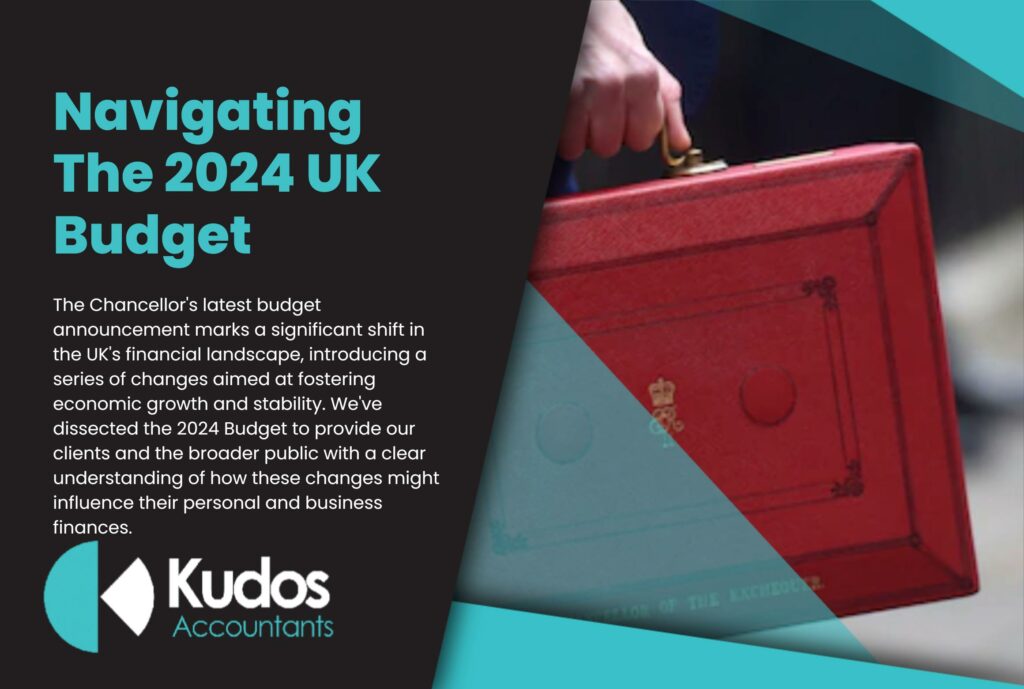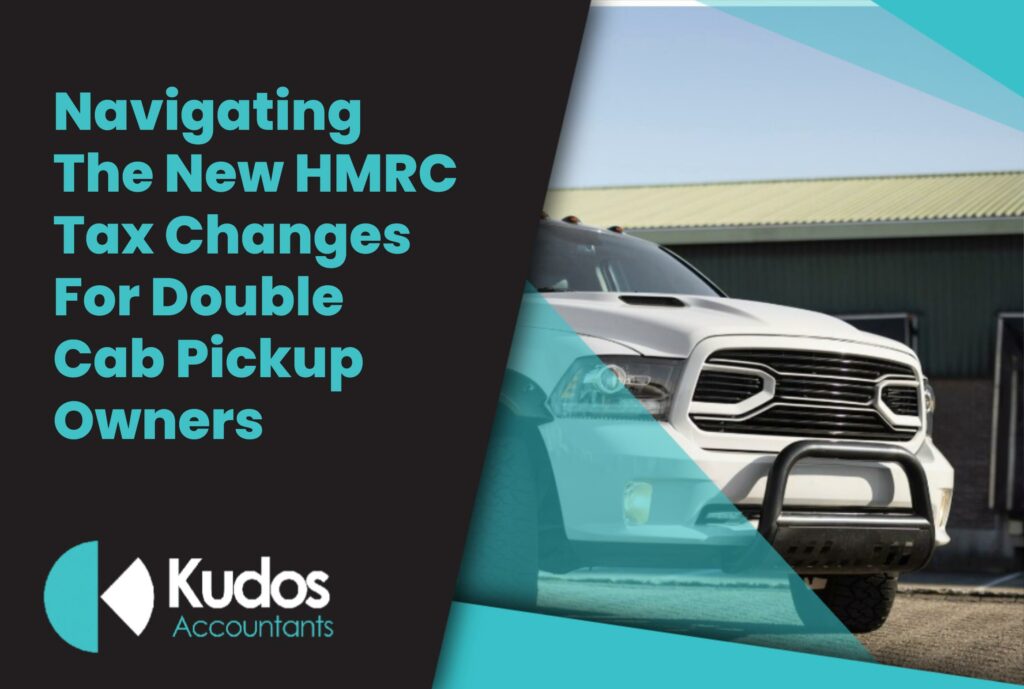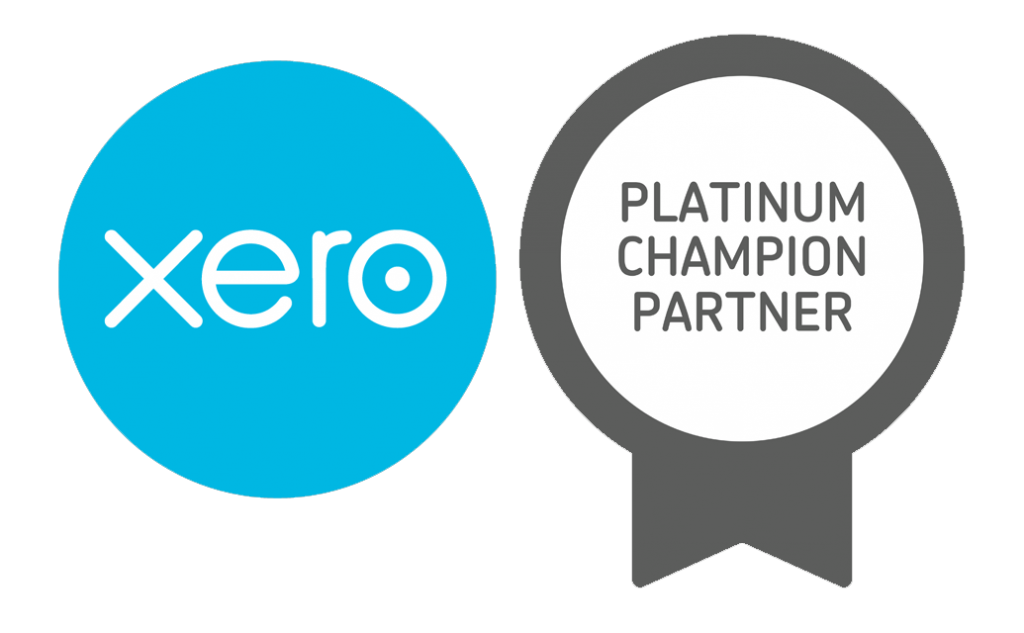From April 2023, there will be new corporation tax rates for businesses in the UK, these changes will affect companies of all sizes. In this blog post, we will discuss the new corporation tax rates and why it is important for businesses to start investing in assets for capital allowance deductions and pensions to reduce taxable profits.
New Corporation Tax Rates
Currently, the corporation tax rate for UK businesses is 19%. However, from April 2023, the corporation tax rate will increase to 25% for businesses with profits of over £250,000. For businesses with profits of £50,000 or less, the current 19% rate will continue to apply. For businesses with profits between £50,000 and £250,000, a tapering system will be in place, where the tax rate will gradually increase from 19% to 25%.
Why Invest in Assets for Capital Allowance Deductions?
Investing in assets that qualify for capital allowances can help businesses reduce their taxable profits and, therefore, their tax liability. The annual investment allowance (AIA) is a tax relief that enables businesses to claim the full cost of qualifying assets against their taxes. The AIA limit is currently set at £1 million per year and will remain in place until December 2023.
By claiming the AIA, businesses can reduce their taxable profits and, therefore, their tax liability. For example, if a business purchases a new piece of equipment for £50,000 and claims the full cost of the asset against their taxes, they can reduce their taxable profits by that amount. The amount of tax savings will depend on the business’s tax bracket. For example, if the business is in the 19% tax bracket, they could save £9,500 in taxes. If the business is in the 25% tax bracket, they could save £12,500 in taxes.
Taking advantage of the AIA can be a valuable tax planning strategy for businesses looking to reduce their tax liability and invest in growth and development.
Why Invest in Pensions?
Investing in pensions can help businesses reduce their taxable profits and, therefore, their tax liability. By making pension contributions on behalf of employees, businesses can claim tax relief on those contributions, reducing the cost of contributions and the taxable profits of the business.
One potential strategy for businesses is to make use of any unused annual allowance from previous years. This is known as carry forward, and it enables individuals to contribute up to a possible three years’ worth of annual allowance in a single tax year. For example, if an individual only contributed £20,000 to their pension in the tax year 2020/21 and had £40,000 of unused annual allowance from the previous three years, they could contribute up to £100,000 to their pension in the tax year 2021/22.
By making use of carry forward, businesses can make larger pension contributions and benefit from tax relief on those contributions, reducing their taxable profits and tax liability. For example, if a business contributed £50,000 to their employee’s pension scheme and were in the 25% tax bracket, they could receive a tax relief of up to £12,500.
It’s important to note that there are rules and restrictions around pension contributions and carry forward, and seeking professional advice before making any significant investment decisions is recommended. However, making use of carry forward can be a valuable tax planning strategy for businesses looking to reduce their tax liability and provide valuable employee benefits.
In summary, investing in pensions can be a valuable tax planning strategy for businesses. By making contributions on behalf of employees or yourselves as directors, businesses can reduce their taxable profits and benefit from tax relief on those contributions. By making use of carry forward, businesses can make larger contributions and benefit from tax relief on those contributions, reducing their taxable profits and tax liability.
Conclusion
In conclusion, the new corporation tax rates coming in April 2023 will have a significant impact on UK businesses. To reduce their tax liability and remain competitive, businesses should consider investing in assets for capital allowance deductions and pensions. By taking advantage of these tax reliefs, businesses can reduce their taxable profits and free up more funds to invest in growth and development.
If you’re unsure how these changes may affect your business, it’s a good idea to use a corporation tax calculator to estimate your potential tax liability under the new rates. By inputting your estimated profits and other financial details, you can get a better idea of how much you may need to pay in corporation tax going forward. Remember, seeking professional advice from a qualified accountant or tax expert is always recommended.
To help you estimate your potential tax liability, we’ve included a corporation tax calculator below. Simply input your estimated profits and other financial details, and the calculator will provide you with an estimated tax bill under the new corporation tax rates. As always, it’s important to seek professional advice before making any significant investment decisions.





